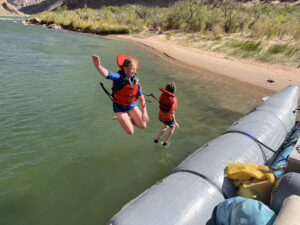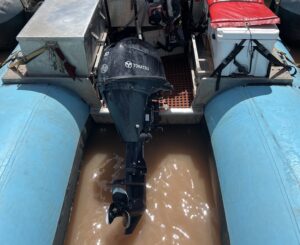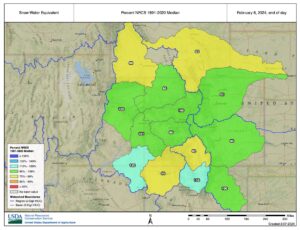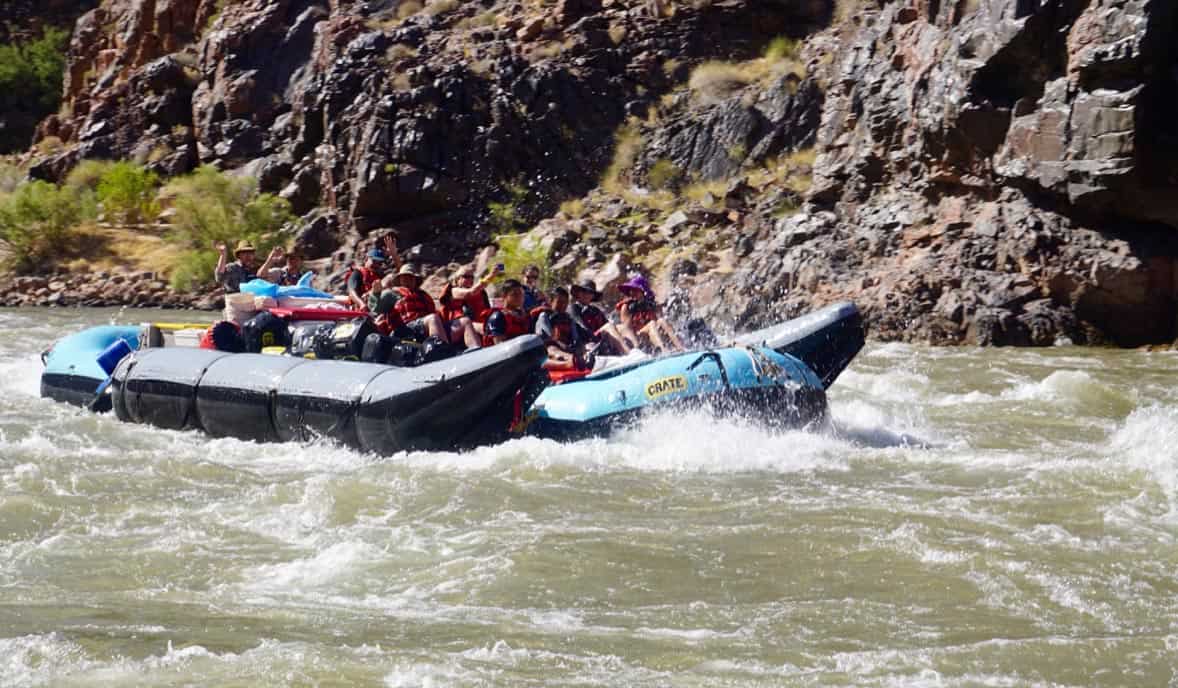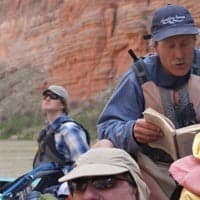How and when the Grand Canyon of the Colorado River was formed is a very complex undertaking. Although many of the details are constantly changing with new scientific data there are some ideas about the formation of the Grand Canyon that are almost universally accepted. This is where “Dude the Canyon Rocks” comes into play.
D-Deposition
U-Uplift
D-Down-Cutting
E-Erosion
Deposition-In order for a canyon to exist there must be walls. The Grand Canyon contains sedimentary rock that ranges from over 1 billion years old to 270 million years old. Over this huge amount of time sediments were deposited by marine environments as well as terrestrial environments as the ocean came in and covered the area then receded multiple times. An easy way to imagine the deposition of multiple layers of rock is to image books stacked on top of each other. At the bottom of this stack of sedimentary rocks is the Grand Canyon Metamorphic Complex dating back to 1.75 billion Years.
Uplift-Uplift of the Colorado Plateau and the sedimentary layers of the Grand Canyon started about 75 million years ago during the Laramide Orogeny, a mountain building event that also helped create the rocky mountains to the East. A unique thing about the uplift of the Colorado Plateau is that it was uplifted more like a table top than a mountain range. This made the cutting of a canyon much easier.
Down-Cutting-The Colorado River acts as a stationary saw as the plateau around it is uplifted.
Erosion -Erosional forces of wind and water continually widen, deepen, and expand the Grand Canyon. Anyone who has taken a Grand Canyon rafting trip has seen these powerful forces at work.

